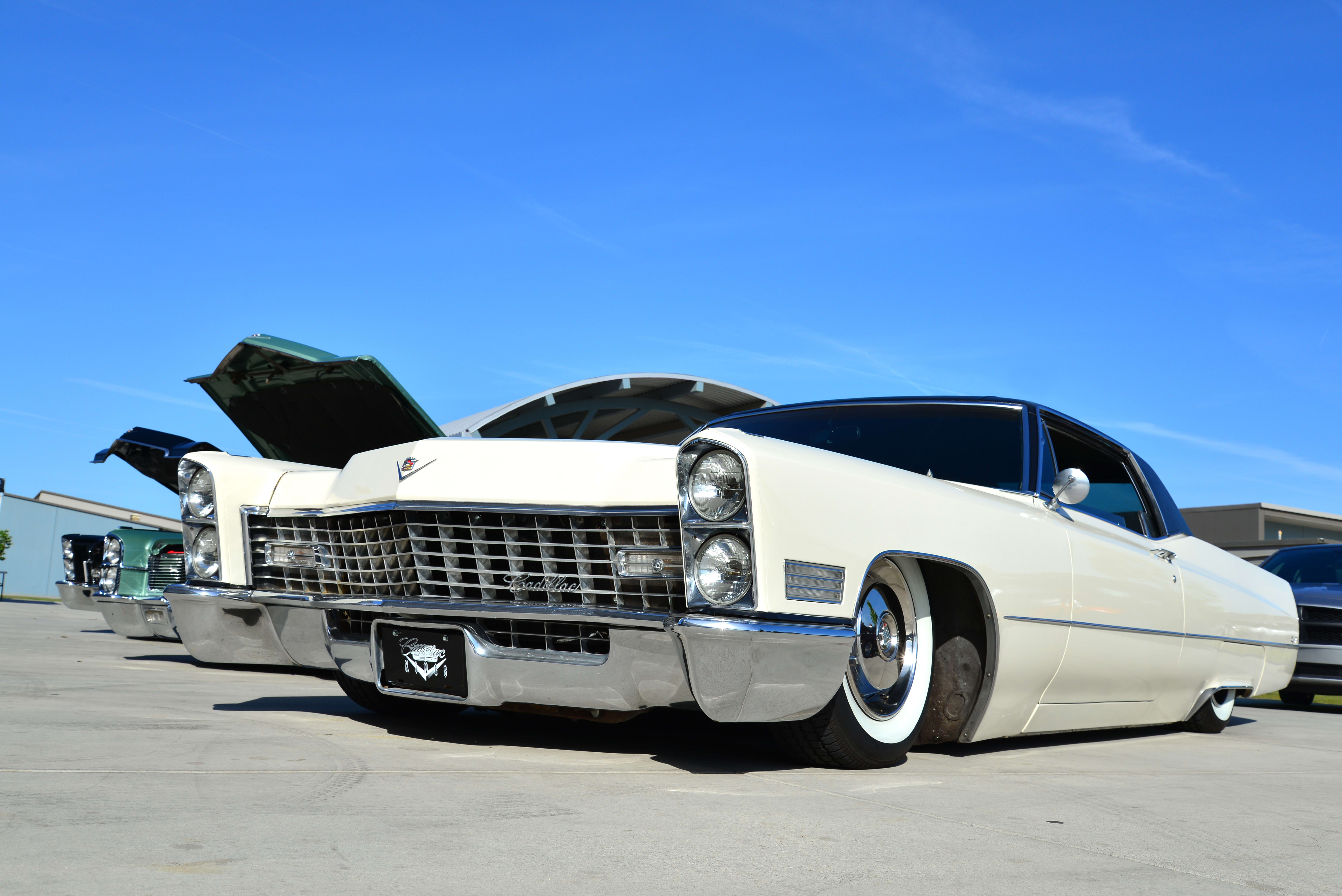

It has become fairly common for car owners to modify their cars’ suspensions to make their car ride lower. Usually aesthetics are one of the most important reasons for reducing ride height — many people prefer the appearance of a lower car — but in theory there are other advantages:
Handling can be improved by lowering the car’s center of gravity, which tends to reduce body roll.
Lowering the vehicle usually reduces aerodynamic drag, which increases fuel economy, and sometimes reduces high speed lift, this making the vehicle safer. (These effects are usually quite small for realistic amounts of lowering.)
A lower vehicle may pose less of a rollover risk. (Most cars are extremely difficult to roll under normal conditions, so this is at best a minor consideration).
Some aftermarket suspension kits improve handling in other ways besides lowering the vehicle, so the lowering can just be considered an added benefit. That’s the theory. But what about in practice: is lowering a car a good idea, and is it safe?
It turns out that the answer depends primarily on exactly how one plans to lower the car.
How to lower a car
At one extreme are expensive (several thousand dollar) aftermarket kits (often of a coilover design) that are carefully designed for each car model for which they’re offered. Many of these lower the vehicle (though that’s not necessarily their main purpose), and well-designed kits that have been properly installed are safe.
At the other extreme are a variety approaches that involve replacing few if any of the existing parts. Instead, existing parts, typically springs or torsion bars, are modified.
Common modifications include:
Shortening or softening coil springs
Re-bending leaf springs
Changing the spring or torsion bar mounting points
Adjusting the torsion bar key (torsion bar suspensions only)
Unfortunately, these inexpensive approaches can be damaging to your vehicle or even render it unsafe.
How lowering a vehicle can cause damage
The first concern is the lowering process itself. Most automotive repairs and modifications should be done by a professional, but this is even more true of suspension work than almost any other kind. Automotive springs exert thousands of pounds of force and if you don’t follow proper procedures when removing and reinstalling them they can cause serious injury or death. Always leave suspension work to your qualified mechanic.
But assuming you’ve had the work done properly, what are the dangers of lowering your car or truck? The most common are:
The lowering process can change the camber (at rest, or when the wheel is raised as over a bump), which in turn has two negative effects, reduced traction, particularly for braking, and increased tire wear.
Steering geometry may be changed enough that the car can’t be steered safely. This applies primarily to cars that have been lowered several inches or more.
A car that has been lowered a great deal may bottom out at driveway entrances or be unable to clear normal road obstacles. Also, in the event you need to have your car towed you may find that it can’t be towed normally (a flatbed may be required) or that there’s no way to do so without damaging the car.
Shock absorbers may experience more force (along their lengths or sideways), reducing their lives.
A lowered car may put extra stress on various other suspension and steering system parts, leading to excessive wear and even premature failure.
Tires may rub against sheet metal or suspension parts, causing damage to both.
The ride will almost always be harsher, as most lowering methods reduce spring travel. This can be uncomfortable for you and your passengers, and can also increase wear and tear as your car gets bumped and bounced harder.
Most of these problems do not result in serious danger to life and limb. The exception to that rule is extreme camber changes, which can reduce braking performance so much that they render the vehicle unsafe; there may be a “camber kit” available to prevent this effect, but it’s critical not to drive any vehicle whose camber has been grossly altered from stock. Similarly, it’s vital to ensure that the steering system functions properly after lowering. This isn’t usually a great danger if a car’s been lowered only an inch or two, but beyond that it may be necessary to make substantial modifications in order to ensure that the car is safe to drive.
Many of the other drawbacks can be reduced or eliminated by taking appropriate steps; for example, getting a wheel alignment after any suspension work including lowering may eliminate the increased tire wear issue. And if a tire is rubbing the sheet panel, it may be possible to roll the edge of the fender or quarter panel enough to eliminate the problem.
It is important to understand that while the serious mechanical issues may be avoidable, almost any method of lowering your car will result in a harsher and, as far as many people are concerned, less comfortable ride and most owners of lowered cars will experience increased wear and tear on various components.



